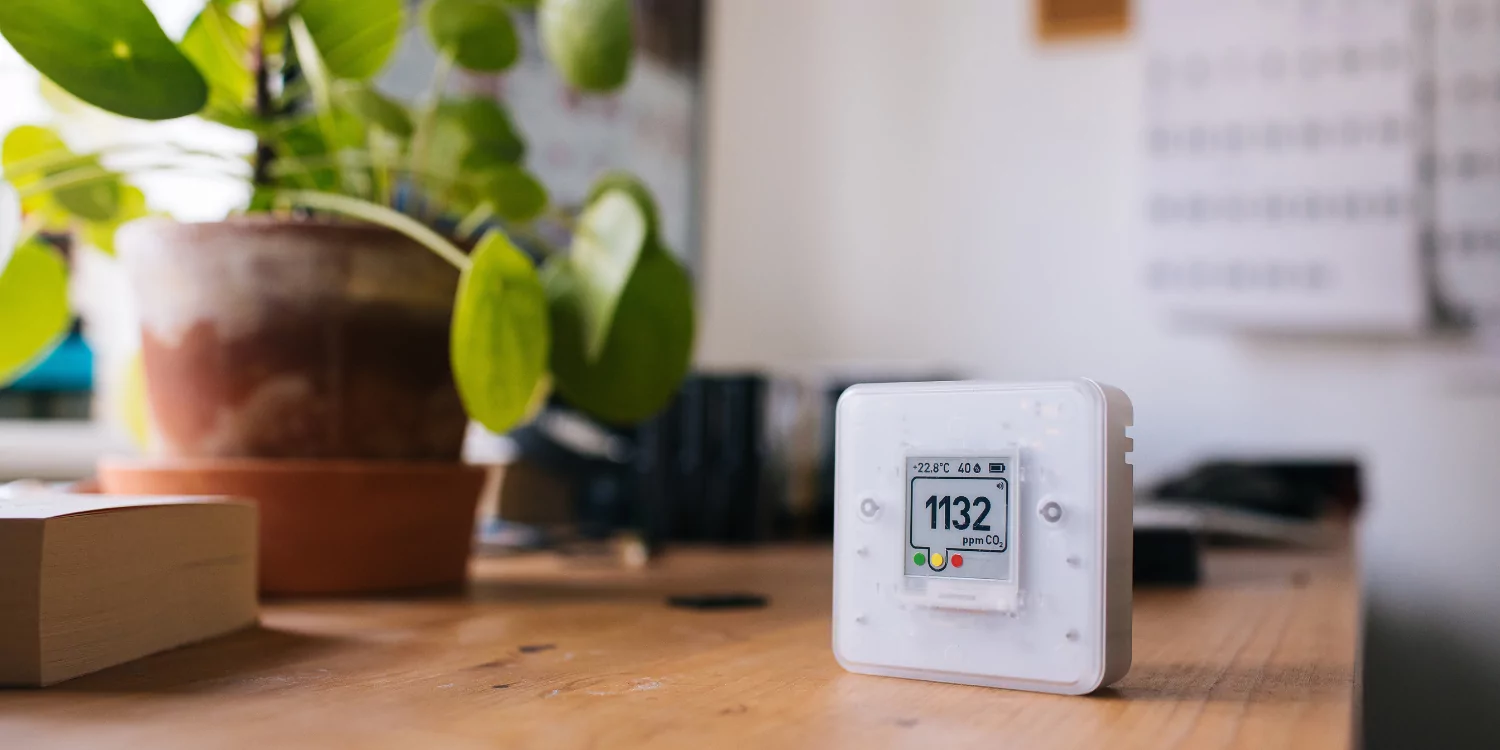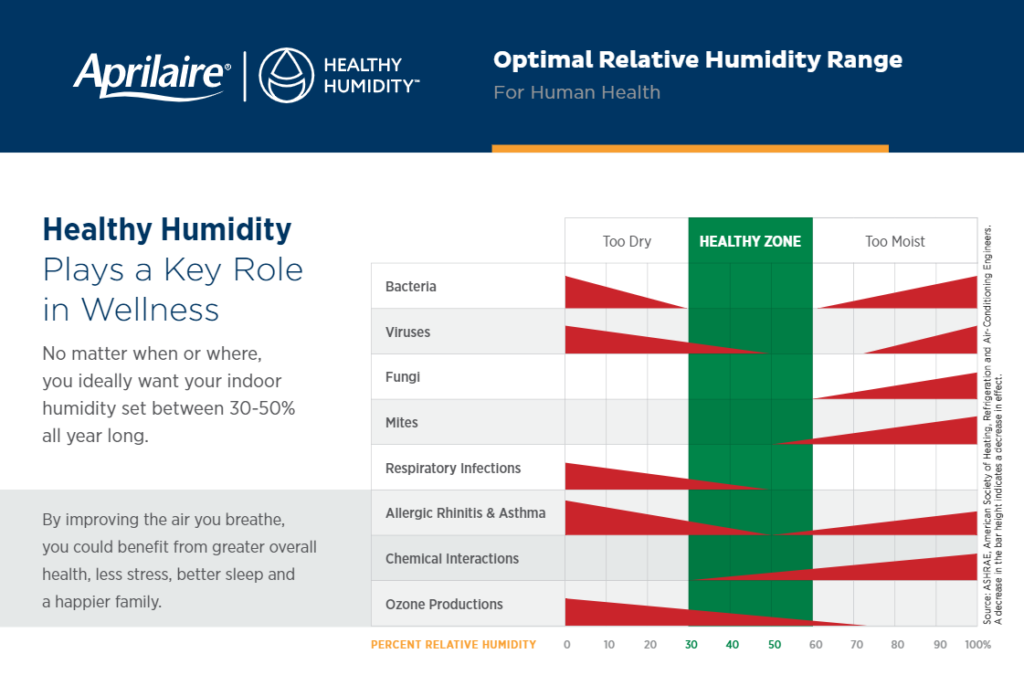
Did you know that your home’s HVAC system can play a part in keeping your family healthy? Indoor air contaminants can circulate in your home, which is why you need to reduce their impact. Here are four ways that you can reduce viruses, bacteria and other pollutants in your home’s air.
1. Choose a HEPA Filter
HEPA (High-particulate air) filters can improve your air quality by reducing debris, allergens, dust, bacteria, mould spores and some viruses from the air. HEPA filters achieve this with very small filter sizes. They can remove things as small as 0.1 microns from the air. It’s important to note that a HEPA filter can reduce viruses in the air but can’t eliminate them.
HEPA filters must be cleaned regularly to do their job properly.
2. Control Your Humidity
Humidity levels contribute to our personal health as well as the health of our homes and furnishings. Let’s skip over the fact that proper humidity levels in the home protect our hardwood floors, furnishings, artwork and pianos and get to OUR health. Improper levels of humidity will affect our breathing, sinus soreness, colds and flus, and the harbouring of dust mites and other critters that can bring on bouts of asthma. There is no such thing as the perfect temperature as we all feel heat and cold differently, but there is such a thing as the perfect humidity level.
Ideal Humidity Levels
In the winter, a healthy home should be between 40 – 50 percent relative humidity. In the summer, we should target 30 – 50 percent humidity levels to keep the health of our home at peak performance.

Try a Humidifier
This step is for dryer climates and times of the year.
Whole home humidifiers come in a variety of configurations. With the drum type, a rotating foam pad dips itself in a standing tray of water, and air passes through the drum, transferring water into the air to create vapour. Next is the pad-style humidifier: where the pad is standing upright as water is trickled down over the pad while air passes over it, picking up the moisture and transferring it to the home. Another form of this model is the “power humidifier,” which works on the same principle, but this unit has its own fan to deliver a higher amount of air across the pad. This process is a more efficient use of the water. All the above can assist in maintaining healthy humidity levels in varying degrees of competency.
Combating Too Much Humidity
But what about too much humidity? The whole home dehumidifier extracts moisture out of the air by having the warm, moist air pass over a coil like that of an air conditioner coil. When the warm moist air hits the coil, the water vapour condenses into a liquid and is extracted from the air. Not only is it controlling the ability of dust mites and other critters to survive, but it reduces the load on our whole home air conditioner, making the whole system more effective and efficient.

Striking a Balance is Key
It’s also worth noting that the right humidity levels can make you more comfortable if you do catch a cold or flu. Low humidity can make your throat and sinuses feel drier, but boosting humidity can make you feel more refreshed and comfortable.
3. Invest in HRVs & ERVs
A heat recovery ventilator (HRV) is a controlled ventilation system that reduces high humidity, pollutants and odours by replacing stale air with fresh, warm air. The two air streams are always 100 percent separated. The fresh air introduced into your home is warm and dry and provides a permanently fresh, healthy indoor environment.
How do HRVs Work?
An energy recovery ventilation (ERV) works by expelling stale, polluted indoor air and injecting fresh outdoor air by exchanging the energy contained in indoor air and using it to pre-condition the incoming outdoor air in your HVAC system. ERV goes a little further than the HRV units, as this type of system also captures some of the humidity in the air. In the summer, the humidity from the outdoor air is removed before entering the home. This saves energy by reducing the load on air conditioning systems and/or a dehumidifier.
4. Consider UV Lights to Reduce* Viruses
We know that UV lights are used for many applications, such as sterilizing hospitals, water, and food. It only makes sense that UV light can be used to improve indoor air quality for residential HVAC systems.
UV Lights do More than Filter
UV lights neutralize airborne contaminants that air filtration alone can’t eliminate. A quality air filter can control many inorganic particulates like dust and fibres. However, other indoor contaminants, such as viruses, bacteria, and spores, are so tiny they slip through.
Placement is Everything
So, how can we neutralize these pollutants? Various UV lights are available that can be installed inside your HVAC ductwork. The natural germicidal effects of ultraviolet light neutralize contaminants. As your home’s air flows through the ductwork, the UV light continually disinfects and leaves it sanitized.
Speak to a Professional about Indoor Air Contaminants Today
Being cooped up at home means you have time to improve your indoor air quality. Home comfort is an essential service, and all our ClimateCare locations provide the best services possible. Contact your local ClimateCare to learn how to reduce indoor air contaminants today!
*The rate at which viruses are reduced varies by type and manufacturer.




